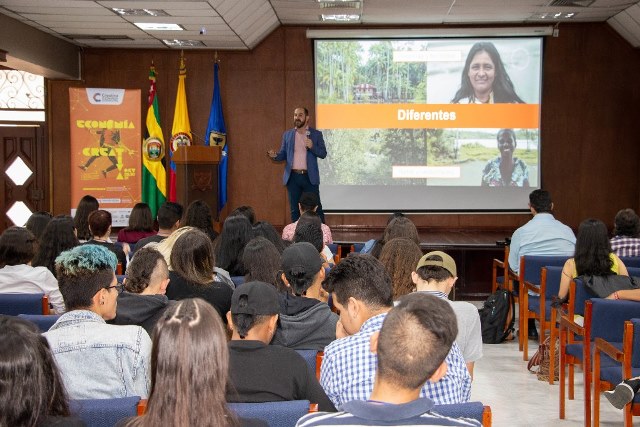LA UDES PUBLICA
- Fecha de publicación:
- 2025-08-01
- Tipo:
- Article
- Número de artículo:
- 126454
- Identificación:
- SCOPUS_ID:105002374176
- eID:
- 2-s2.0-105002374176
- Nombre de la revista:
- Applied Thermal Engineering
- Autor(es) UDES:
- Acevedo J.
- Otros Autores:
- Gomez Vásquez R.D., Rhenals-Julio J.D., Mendoza J.M., Bula Silvera A.J.
- Autor Principal:
- Gomez Vásquez R.D.
- Áreas del conocimiento:
- Energy Engineering and Power Technology, Mechanical Engineering, Fluid Flow and Transfer Processes, Industrial and Manufacturing Engineering
Cuartil
Q1
- Ranking
- 2017
- Tipo
- Journal
- ISSN
- 13594311
- Región
- Western Europe
- País
- United Kingdom
- Volumen
- 272
- Cobertura
- 1996-2023
Bogotá
Cra. 14 N° 80-35
PBX: (+57) (601) 6914004
Línea Directa Interesados Programas: (601) 6914104
Horario de Atención: lunes a viernes de 7:00 a.m - 12:00 m. y de 2:00 p.m a 6:00 p.m
Pregrados
Universidad de Santander UDES. Vigilada Mineducación.
Resolución otorgada por el Ministerio de Educación Nacional: No. 6216 del 22 de diciembre de 2005 / Personería Jurídica 810 de 12/03/96.
Institución sujeta a inspección y vigilancia por el Ministerio de Educación Nacional. Resolución 12220 de 2016.
Notificaciones administrativas y judiciales:
Copyright © 2021 - Todos los derechos reservados




























